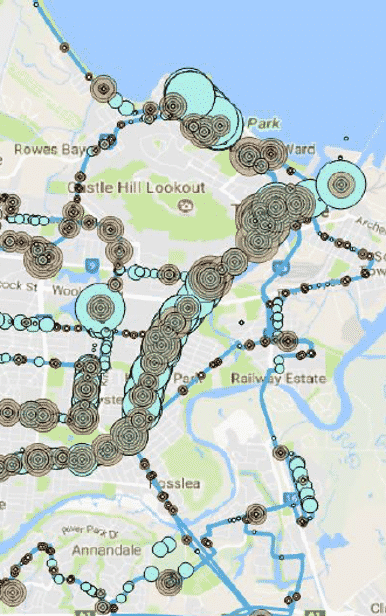Background
TransLink required the development of a model to capture fare structures, zoning and patronage in regional Queensland to estimate potential financial and patronage impacts of a number of fare and zone scenarios.
TransLink were seeking to identify a fare and zone structure that could be consistently applied throughout regional Queensland at three base fare price points. At these three price points, the model would explore the financial impact of four zone structure options:
- Single zone / Flat fare
- Concentric zones
- Distance based fares
- Application of fare and zone structure of South East Queensland.
The model would need to be flexible, robust and easy to use so that non-technical staff were able to update parameters at an ongoing basis.
A major challenge of the project was the inconsistencies in the quality and completeness of regional patronage and farebox revenue data.
Our role
In order to accurately assess fare zone impacts the engagement required the development of two models. Firstly a synthetic origin/destination data set was needed to understand current travel behaviour within the regional service areas. This data set was developed using a predictive destination model which used recent farebox revenue data and stop location data (GTFS). The majority of farebox revenue data received by NineSquared was incomplete and contained origin stop information only. This model assigned a destination stop to the trips in the data by using origin stops travelling in the opposite direction.
The second model used this synthetic origin/destination data set to model the impacts of each of the four zone structure options at the three price points. This model assessed:
- Price elasticity impact on patronage
- Revenue impact on TMR
- Fare impact by passenger type
- Distance traveled by passenger type
- Overall data quality and accuracy
Data quality and completeness presented a key challenge to the project. As a result NineSquared developed data processing methodologies as well as undertaking significant stakeholder engagement activities to ensure the highest level of accuracy possible was achieved.
Results
The model and a report was provided to the Department and is currently being used to inform and refine future fare and zone proposals for regional bus services in Queensland.



